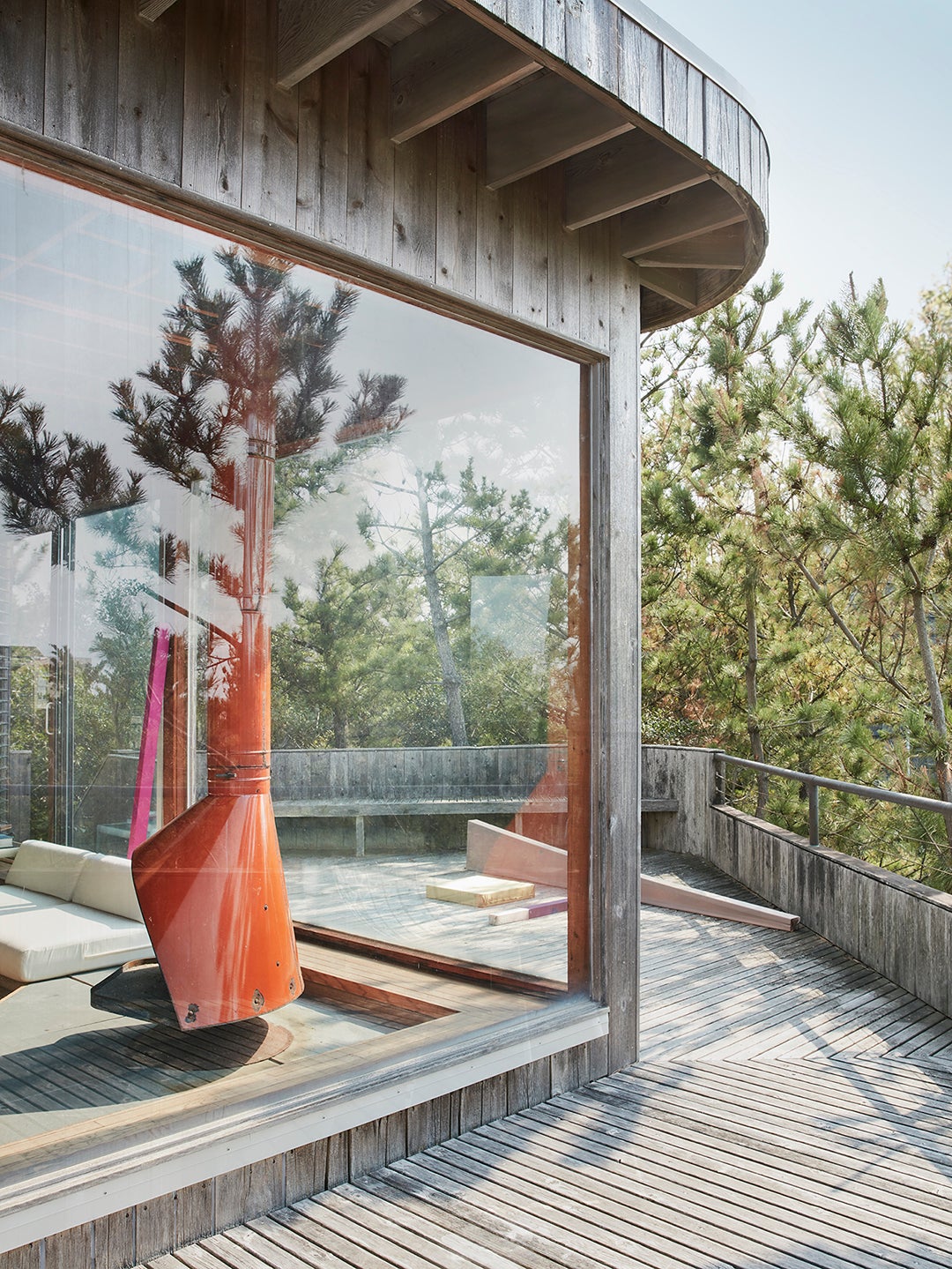What the New IRA Tax Credit Means for Your Renovation Budget
This switch might save you $1,500.
Published Sep 7, 2022 1:20 AM
We may earn revenue from the products available on this page and participate in affiliate programs.
Over the past 12 months, our utility bills have reached an all-time high. But there is good news for homeowners who are open to making large scale upgrades to their energy sources that are less costly in the long run and better for the planet. A few weeks ago, President Joe Biden signed into effect the Inflation Reduction Act (IRA), which offers significant tax credits (money you can subtract from the taxes that you owe every year) for people looking to invest in clean energy technologies like—you guessed it!—solar panels. Residential solar systems installed this year through 2032 will qualify for a 30 percent tax credit (that’s on top of the average $1,500 people save a year by relying on solar energy).
We asked solar expert and CEO of Sunflare, Philip Gao, to give us the lowdown on the Inflation Reduction Act and what it will mean for home renovations. “Hopefully, it will transform the way we use energy,” he says. While people and businesses are also incentivized to embrace small wind turbines and carbon capture storage, Gao predicts solar panels will take off during this push to reduce carbon emissions by 40 percent in the next eight years. Ahead, Gao shares some guidance for anyone interested in putting their bathroom remodel plans on pause and harnessing the power of the sun instead.
How long do solar panels last?
The standard warranty for residential panels is for 25 years.
How much do they cost?
According to a report from Consumer Affairs put out this spring, after solar tax credits, the cost for a system on an average-size house in the U.S. ranges from $11,144 to $14,696. Luckily, you don’t have to pay all of that up front if you don’t want to. “Most people finance solar installs through a solar lease or PPA,” explains Gao.
Are there different types?
Silicon and CIGS are the two options to consider for your home, says Gao. While the former is the more abundant of the two, Sunflare is focused on mass-producing CIGS (copper indium gallium selenide) versions, as they come with a 90 percent cleaner manufacturing process. “CIGS is also made of a stainless steel substrate, which means it is flexible and durable,” he notes. No glass means no micro-cracks. The thin and low profile also looks better on rooftops.
What’s the upkeep like?
Keep them clean and be proactive about monitoring your system. Be aware of corrosion on components and any damage that might occur from hazards like falling branches or hail. Maybe it’s time to take Sheryl Crow’s advice and soak up the sun.
